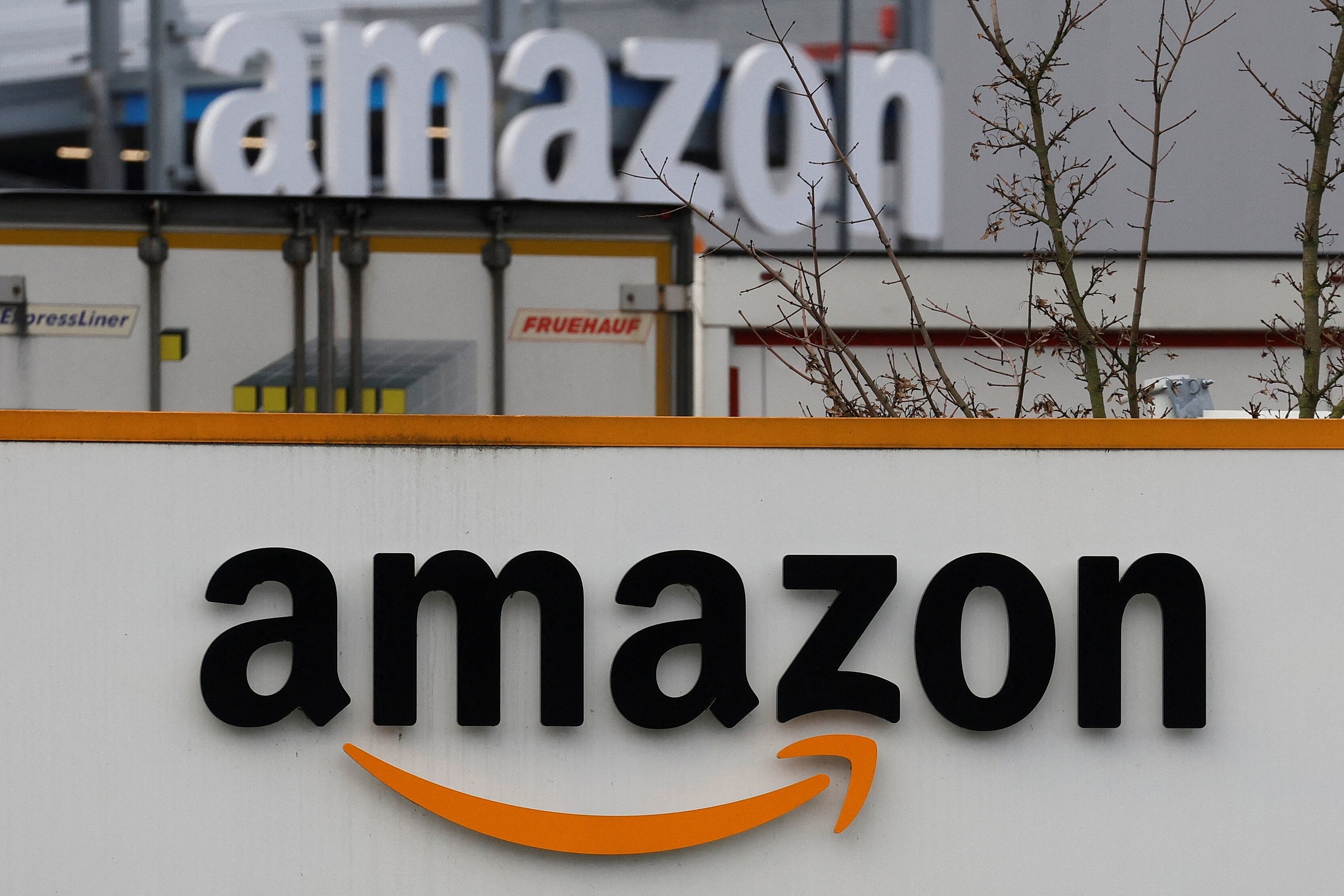Reuters, citing an analysis by data firm DataWeave, reports that between January and mid-June, the average price of over 1,400 Chinese-made products sold to Americans on Amazon increased by 2.6%. This surpasses the 2% inflation rate for goods in the US between 12/2024 and 5/2025.
DataWeave suggests this indicates import tariffs are starting to affect US consumers. The firm analyzed over 25,000 products, focusing on 1,407 items on Amazon clearly marked as made in China. This selection included products sold directly by Amazon and by third-party sellers.
Of these, 475 products increased in price, 633 remained the same, and 299 decreased. The fastest-rising items included school and office supplies, electronics such as printers, shredders, CDs, DVDs, and housewares (pots and pans). Some examples of significant price increases are the Hamilton Beach electric kettle (from 49.99 USD to 73.21 USD) and the GreenPan non-stick frying pan (from 15 USD to 31.99 USD).
China is a major supplier of these goods to the US. Last year, it exported 438.9 billion USD worth of goods to the country.
According to the analysis, prices of these products began to rise in May and accelerated further in June. Housewares and furniture saw a 3.5% increase, while electronics rose by 3.1%.
 |
Outside an Amazon logistics center in Lauwin-Planque, France. Photo: Reuters |
Outside an Amazon logistics center in Lauwin-Planque, France. Photo: Reuters
DataWeave CEO Karthik Bettadapura acknowledged seasonal factors might play a role in the price increases. However, the speed and timing of the rise suggest a broader cost shock spreading through the retail supply chain.
"Even low import tariffs can have a significant impact when profit margins are thin and import cycles are short. We observed the first widespread price adjustments in June, as sellers began reacting to the higher import costs," he said.
Meanwhile, Amazon stated they haven't observed significant changes in average prices beyond normal fluctuations. "Comparing a small number of products doesn't reflect the price trends of hundreds of millions of items sold on Amazon," a spokesperson said.
In May, Amazon CEO Andy Jassy mentioned collaborating with sellers to shift orders to the US before Trump's tariffs took effect, emphasizing the company's focus on keeping prices low. At the time, he asserted that average selling prices hadn't increased significantly.
Recently, numerous consumer companies, including Walmart, the largest US retailer, have warned of potential price hikes due to tariffs. Macy's department stores have selectively raised prices on some items to offset tariffs, and Nike also announced price increases on many products starting 1/6.
Despite this, retailers remain cautious about passing costs onto consumers. Retail sales in May fell by 0.9% compared to the previous month. Consumer spending in May also unexpectedly declined.
The US currently imposes a 10% tariff on most Chinese goods, 50% on aluminum and steel, and 25% on automobiles and auto parts. President Donald Trump maintains these measures are necessary to rebalance global trade and boost domestic manufacturing.
Ha Thu (via Reuters)












